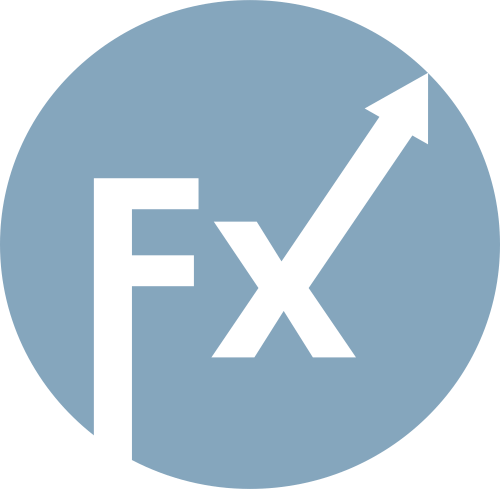Today, gold has updated its all-time high, driven by a series of fundamental factors. This week has been marked by new threats from U.S. President Donald Trump, who announced the possible suspension of trade operations with China — including shipments of vegetable oil and other goods — in response to Beijing's refusal to purchase American soybeans. In turn, China announced additional special port fees for American vessels entering its ports, as well as stricter export restrictions on rare earth metals.
These measures indicate a significant escalation of the trade conflict between the world's two largest economies. At the same time, geopolitical risks and concerns that the U.S. administration could influence economic indicators are driving increased investment in gold as a safe-haven asset. On Wednesday, a new record high was recorded for the precious metal.
The International Monetary Fund (IMF) has raised its forecast for global economic growth in 2025 for the second time since April — to 3.2% from the previous 3.0% — but warned that renewed trade conflicts between the U.S. and China could significantly slow down production. At the same time, the report notes that the Trump administration's tariff measures have proven to be less damaging than expected.
According to media reports, Trump has considered supplying Ukraine with long-range American Tomahawk cruise missiles to put pressure on Russian President Vladimir Putin and push him toward negotiations. These actions sustain geopolitical tensions and contribute to the rise in gold prices.
Meanwhile, the vote on a temporary funding bill supported by Republicans — aimed at ending the partial shutdown of the federal government — failed to gain the required number of votes in the Senate on Tuesday. This means the shutdown, which began on October 1, will enter its third week, with no resolution in sight.
Yesterday, on Tuesday, Federal Reserve Chair Jerome Powell did not provide specific guidance regarding interest rates, but his comments about labor market weakness suggest that further monetary easing remains possible.
According to the CME Group's FedWatch Tool, markets have already priced in a 25-basis-point rate cut in October, and there is a 90% probability that the Fed will lower borrowing costs again in December. This has been weighing on the U.S. dollar for the second consecutive day, supporting the rise in gold prices. Given that important U.S. macroeconomic data releases have been delayed due to the government shutdown, attention should be paid to speeches by influential FOMC members — they will play a key role in driving dollar demand and providing additional momentum.
From a technical standpoint, gold has shown strong resilience below the round level of $4,100. Moreover, the rally seen over the past three weeks has been moving along an upward trendline, indicating that the path of least resistance for gold remains upward. However, the extremely overbought RSI (Relative Strength Index) on the daily chart calls for caution when opening new long positions.
A corrective pullback toward the $4,100 round level can be viewed as a buying opportunity, likely limited to the $4,060–4,055 area. A convincing break below this zone could trigger technical selling, pushing the price toward the psychological level of $4,000. A strong breakout below that level could be seen as the first sign of exhaustion in the bullish trend, signaling the potential for deeper losses.

فوری رابطے